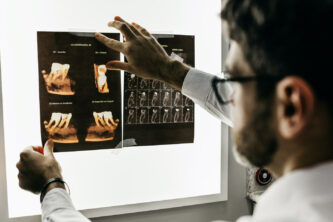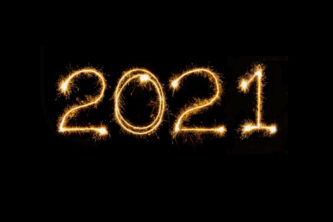An essential element to providing excellent dentistry is the dentist’s ability to see the problem. This is often harder than it sounds! The dentist is dealing with small spaces, changing climates (think saliva), and mouths that don’t open wide enough. Luckily, he has tools to combat these issues.
The basic tool is the little examining mirror. With this mirror and the light above the examining chair, the dentist can look into the patient’s mouth, assessing its overall condition and obvious issues.
Digital x-rays are pivotal to diagnosing and treating dental issues. Using a very low dose of radiation, the dentist can diagnose caries (cavities) and examine the teeth. He can “see” caries that would be close to impossible to see with the naked eye.
Another tool is the intra-oral camera, which is especially helpful in showing the patient his dental problems. Combined with digital x-rays and the exam, the dentist has a good picture of the inside of the patient’s mouth.
When, after the exam, x-rays and photos, the dentist still needs more information, he can turn to transillumination (called CariVu in our office). CariVu is a small wand that is placed over the tooth in question, which shines a high-powered light and enables the dentist to take a picture. CariVu shows caries and small cracks in the teeth, which, if not found early, can cause later significant problems.
Then it gets trickier. The dentist needs to complete the treatment to a very high level of precision. In addition to “seeing’ the problem, he must get his fingers and materials into the right place. This is where his magnifying glasses (called loupes) and the forehead light come into play. The magnifiers are crucial to the dentist’s ability to be precise.
Your dental work can be beautiful and life changing. With your cooperation, it is a long-term investment in your health and well-being. Be sure to follow your dentist’s post operative instructions. He wants to see his beautiful work in your mouth for many years to come!



